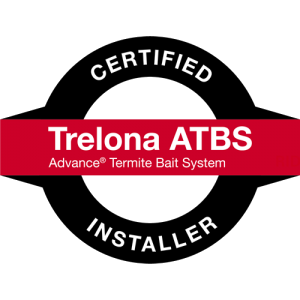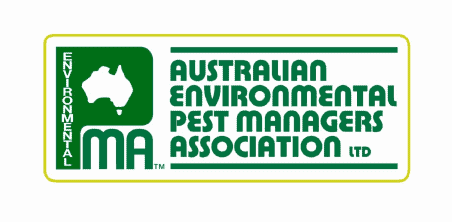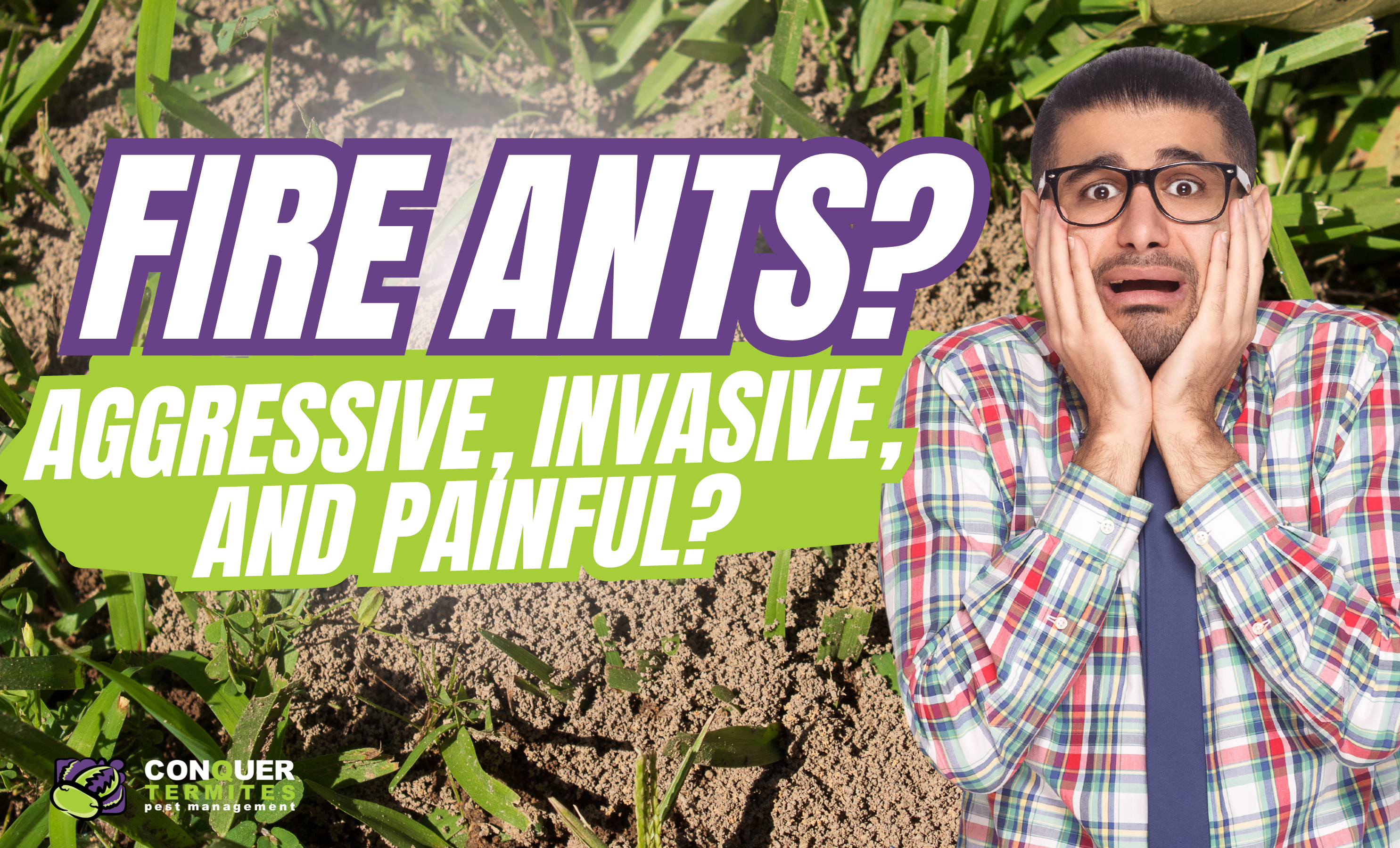
If you live in South-East Queensland, it is likely that you have been informed of the significant threat of Fire ants, also known as red imported fire ant (Solenopsis invicta).
Fire ants pose a significant threat to agriculture, biodiversity, and human health in Australia. This has been an ongoing issue since their introduction in 2001.
At Conquer Termites, we consider all forms of Pest management as requiring some form of integrated pest management (IPM). IPM combines various strategies and practices, not just the use of pesticides, to minimize the impact of pests while ensuring safety for humans, animals, and the environment.
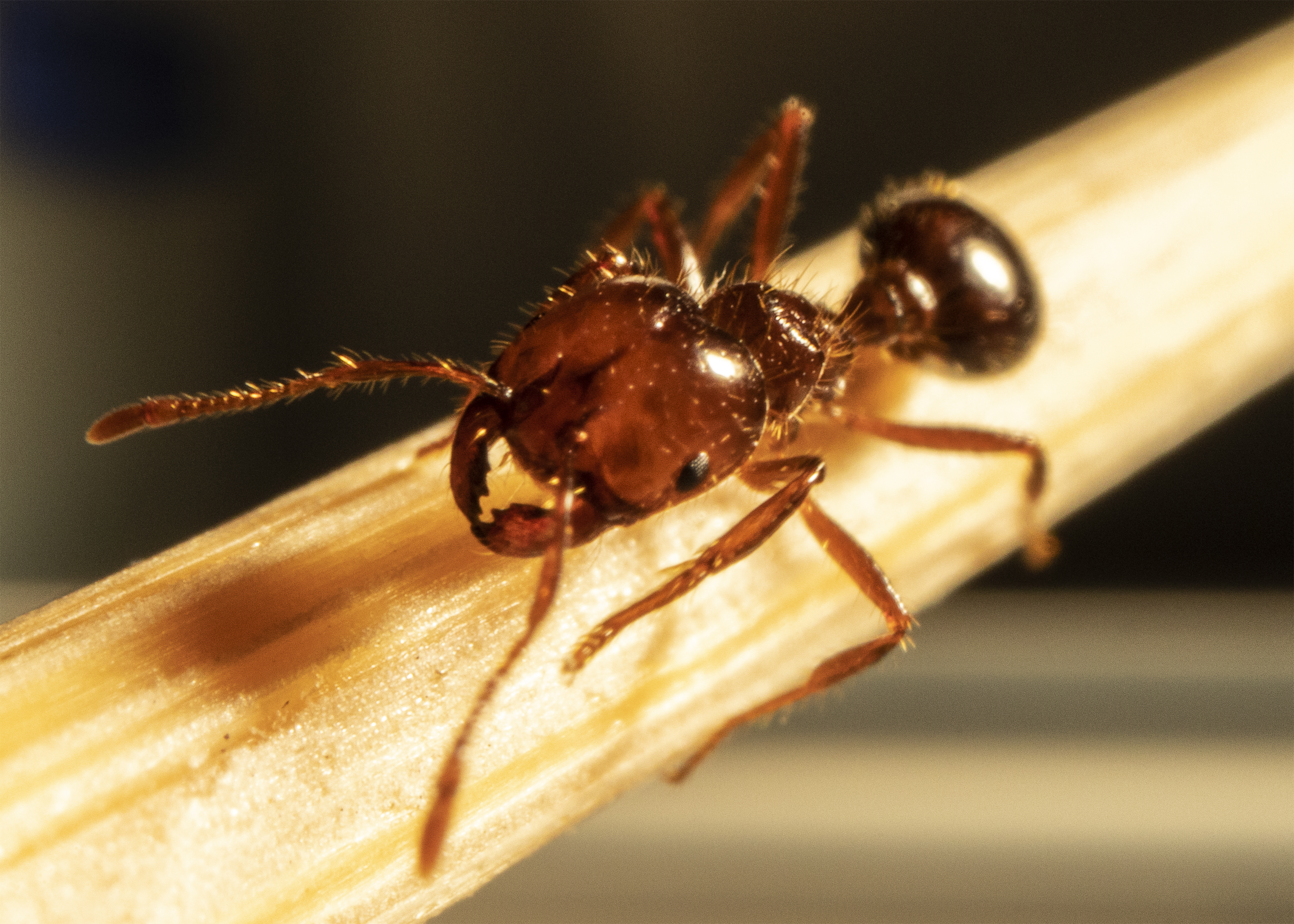
Why are we worried about Fire Ants?
Fire ants are aggressive, invasive pests known for their painful stings and rapid colony expansion. They can damage crops, wildlife, and infrastructure, making their control essential for both economic and ecological reasons.
What can I do as a homeowner?
Regularly inspect your yard areas for fire ant activity. Fire ants are typically reddish-brown with darker abdomens and range from 2-6 mm in length.
All Red Imported Fire Ant infestations must be reported to the National fire ant eradication program within 24hrs. (https://ants.daf.qld.gov.au/table-of-contents/report-fire-ants/)
Homeowners can also ensure that they introduce soil and mulch from reputable sources, so that they are sure they aren’t accidentally introducing Fire Ants.
Modify the environment under your care to make it less attractive to fire ants. This can include reducing moisture levels, removing debris, and minimizing ground cover where ants can nest.
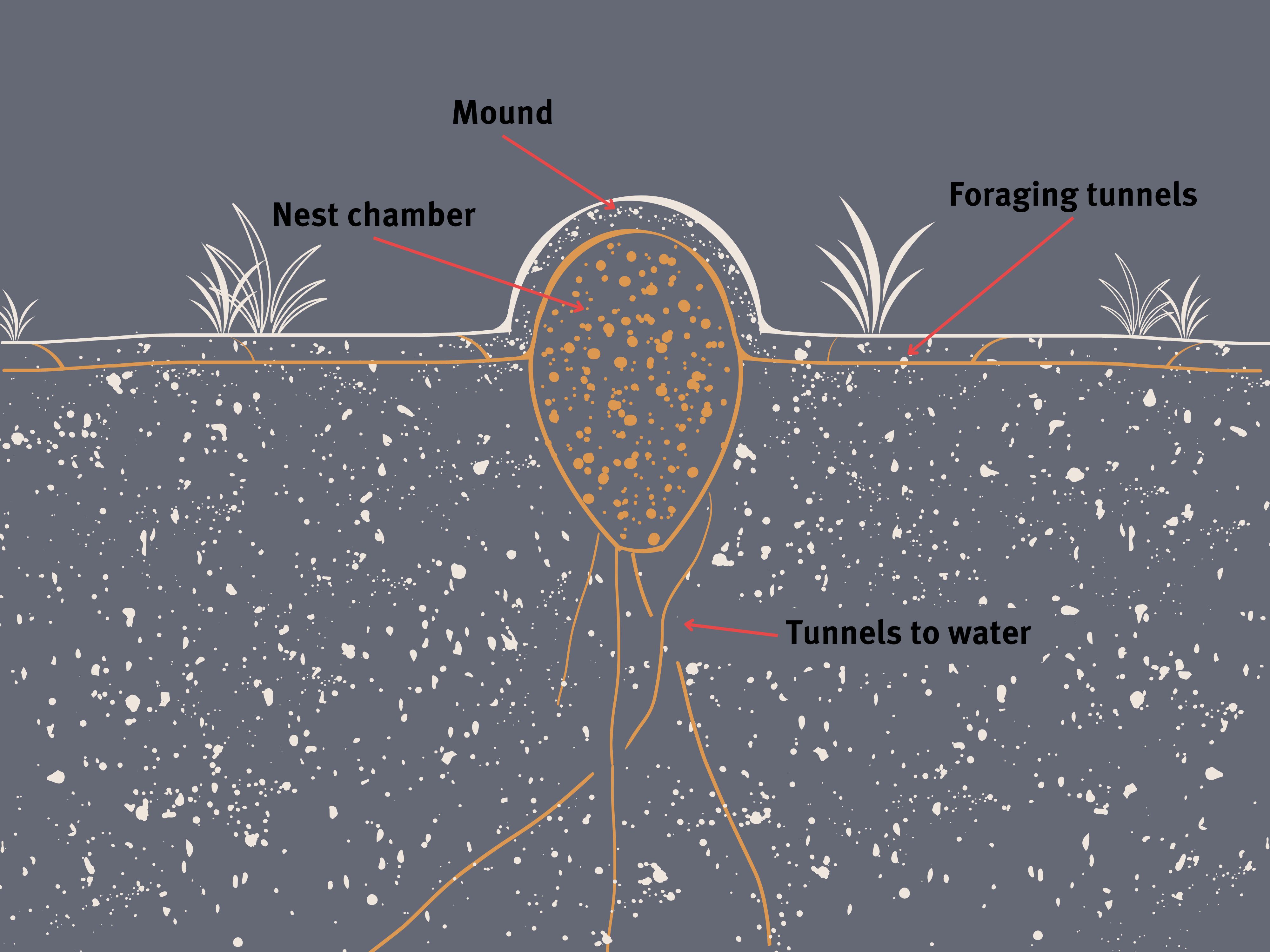
What Conquer Termites will do to treat your Fire ant infestation.
It is important that pesticide use is carried out in accordance with the National fire ant eradication program. This involves a selection of treatments, depending on your infestation and other environmental factors.
Pesticide management may include:
Direct nest injection
Fast acting bait
Slow acting insect growth regulator
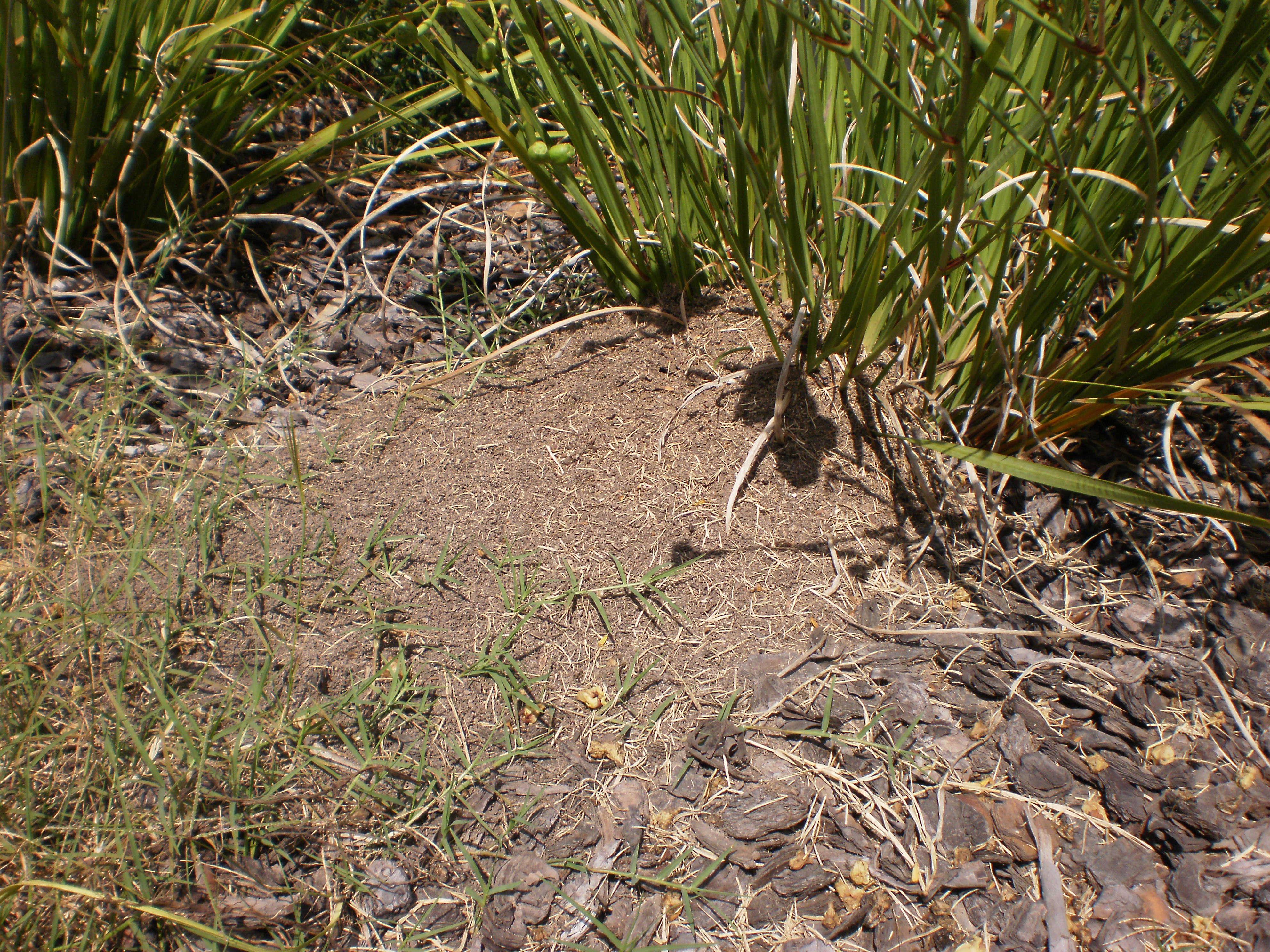
If you are worried that you might have Red imported Fire ants, please do not hesitate to reach out to our friendly staff on 07 3356 8801 or email us at info@conquertermitesnorthside.com.au
Areas we service; Gordon Park, Kedron, Aspley, Chermside, Mc Dowall. Hendra, Nundah, Geebung, Virginia, Wavell Heights, Zillmere, Everton Park, Stafford, Stafford Heights, Bridgeman Downs, Bald Hills, Bracken Ridge, Strathpine, Herston, Kelvin Grove, Ashgrove, Red Hill, Alderley, Grange, Newmarket, Wilston, Windsor, Enoggera, Kippa Ring, Rothwell, Margate, Redcliffe, Scarborough, Clontarf, Woody Point, Carseldine, Fitzgibbon, Taigum, Brighton, Deagon, Shorncliffe, Sandgate, Banyo, Boondall, Northgate, Nudgee, Nudgee Beach, D’Aguilar, Mt Mee, Woodford, Burpengary, Morayfield, Narangba, Caboolture, Bellmere, Upper Caboolture, Wamuran, Beachmere, Donnybrook, Ningi, Sandstone Point, Toorbul, Bribie Island, Bowen Hills, Fortitude Valley, New Farm, Newstead, Brisbane CBD, Bardon, Paddington, Milton, Toowong, Auchenflower, St Lucia, Indoorpilly, Taringa, Chapel Hill, Fig Tree Pocket, Kenmore, Kenmore Hills, Bellbowrie, Anstead, Brookfield, Pinjarra Hills and Pullenvale.
Our Precon Team service areas are Greater Brisbane to the Sunshine Coast.
Photo/video credit: National Fire Ant Eradication Program
